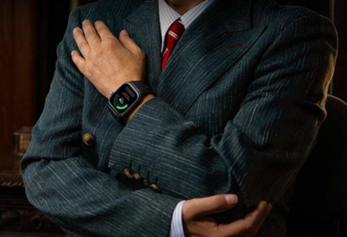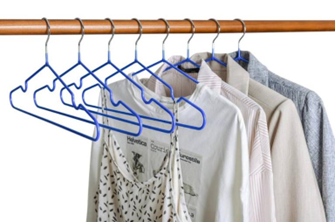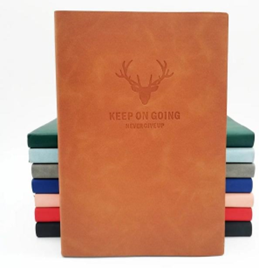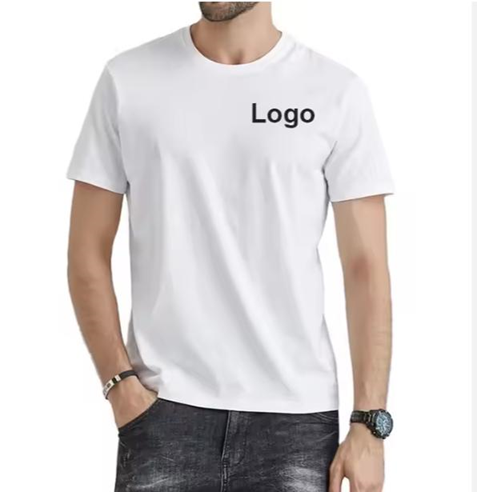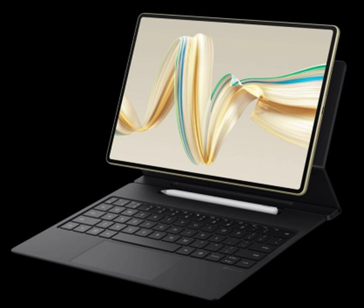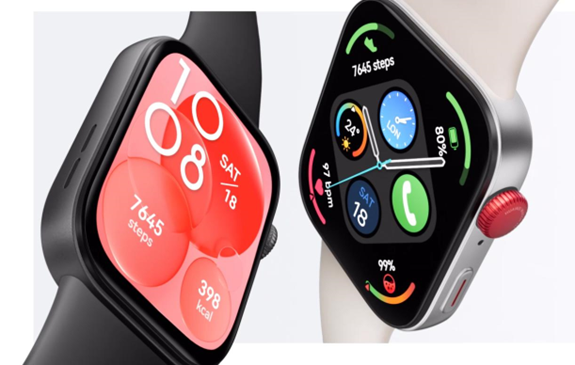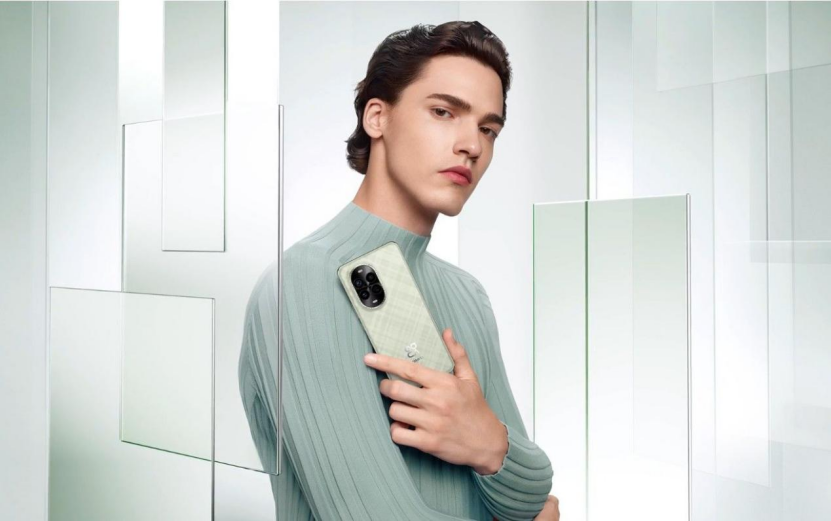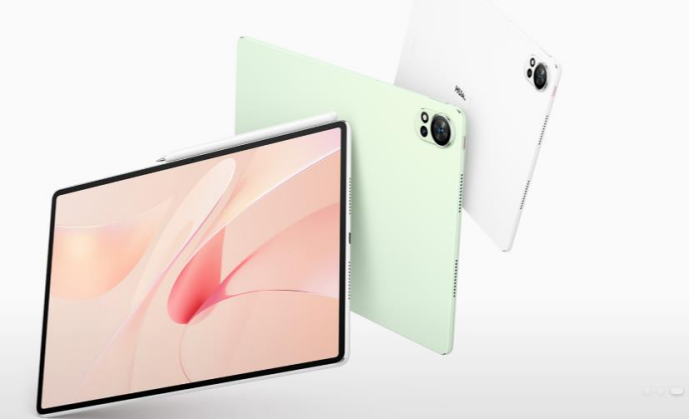Most people have the notion that making movies is an expensive endeavor, especially when they hear that Hollywood blockbuster movie budgets can sometimes exceed $100 million. But in recent years, filmmakers like Sean Baker and Steven Soderbergh (of Oceans Eleven
) films made with smartphones. Soderbergh even had a movie on Netflix called High Flying Bird that was shot primarily on an older iPhone 8.
Modern smartphone cameras like those from Apple and Nokia are now approaching the capabilities of their full-size sensor brethren like DSLRs and mirrorless cameras. Recently, the German camera company Leica announced its own smartphone that features a large 1-inch image sensor, which is almost used with current professional cameras. A larger image sensor lets in more light, which also allows smartphones to achieve something called bokeh, a Japanese term meaning the subject being photographed is in focus but the background is not.
Admittedly, professional cameras from specialized cinema camera companies such as Arri, Red, Sony are still required for certain demanding applications. But these new smartphones are capable of many applications (e.g. sufficient lighting, no large dark light contrasts).
Current smartphone flagship models now feature precision optics from Leica, Zeiss and Hasselblad to minimize optical distortion, mechanical and electronic image stabilization and zoom, computer-assisted photography to capture multiple images and remove noise, real-time color correction of a 10-bit color image ( eg Dolby Vision HDR), 4K/8K resolution and other capabilities. External attachments like anamorphic lenses allow for that cinematic look, coupled with filters and lookup tables that give the image the desired aesthetic.
Future image sensors from Sony etc. will even have lenses on every pixel. Aperture could potentially be adjusted for future smartphones, not just shutter speed, to help bokeh effect.

One of the more interesting capabilities is that of LIDAR, which is basically the use of a low-power laser to determine the distance between the subject and the camera. This is handy when a person is wearing a red sweater and is sitting on a similarly colored red sofa (red on red). A normal optical camera and viewer would have to guess where the red sweater ends and the sofa begins. But with LIDAR, the new smartphone cameras can see where the person's torso ends and the sofa fabric begins.
So you have a situation during this COVID-19 pandemic where millions of people have these powerful smartphone cameras. But for filmmakers, for example, there are things that they might want to do that they currently can't.
For example, what if a director cannot be physically in the same room (or location) as the actor. Is filmmaking impossible? Of course not, but it's by no means a perfect situation.
Some companies are now making software that allows a director to control a remote actor's smartphone camera, adjust focus and exposure, and view the video in real time. In the future, a robotic tripod could allow the remote director to control pan and tilt of the smartphone camera as well. This can easily be developed anywhere.
With cheap green screens, many people can now make videos with different backgrounds by replacing the green background with a different image. Also, 5G technology allows actors outdoors to send high definition video back to a director in real time. who is somewhere else and not physically on set.
While it's true that filmmaking can be an expensive endeavor, the development of mobile phone technology has made making your own films affordable for anyone with a smartphone. At some point the technology will be so good that only experts can say which camera the film was shot with.

